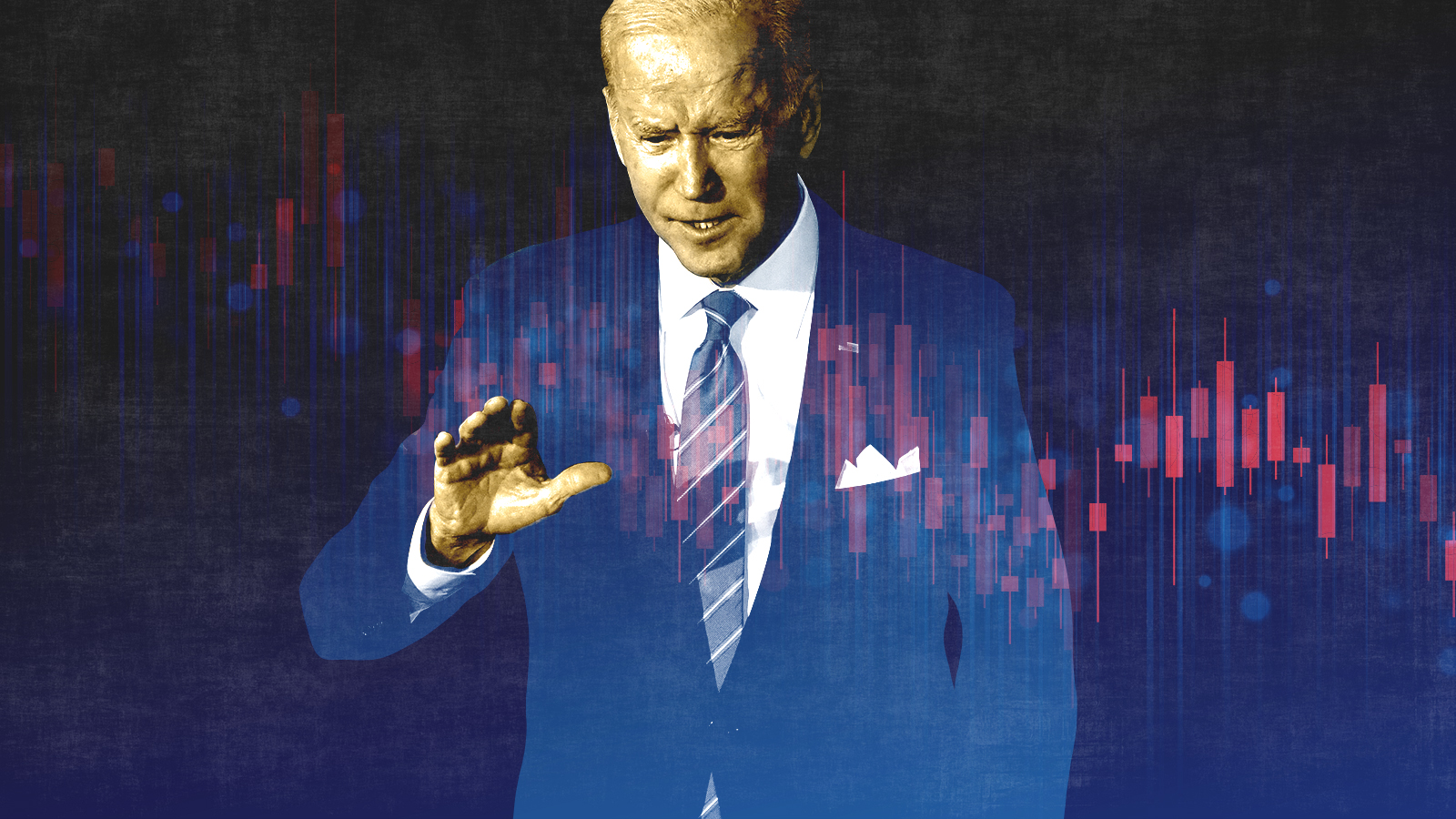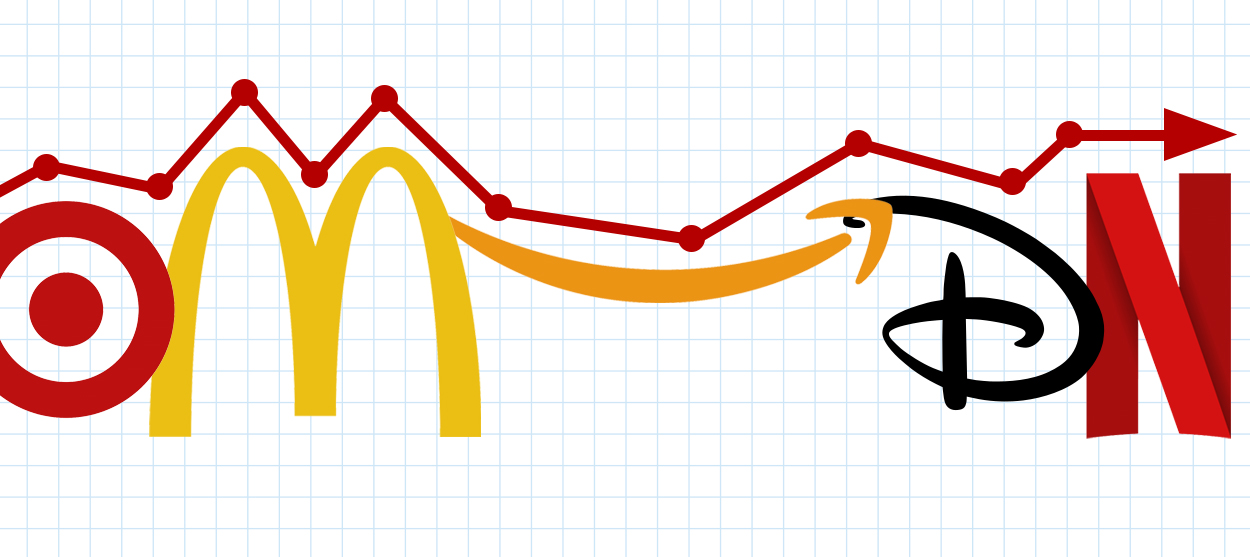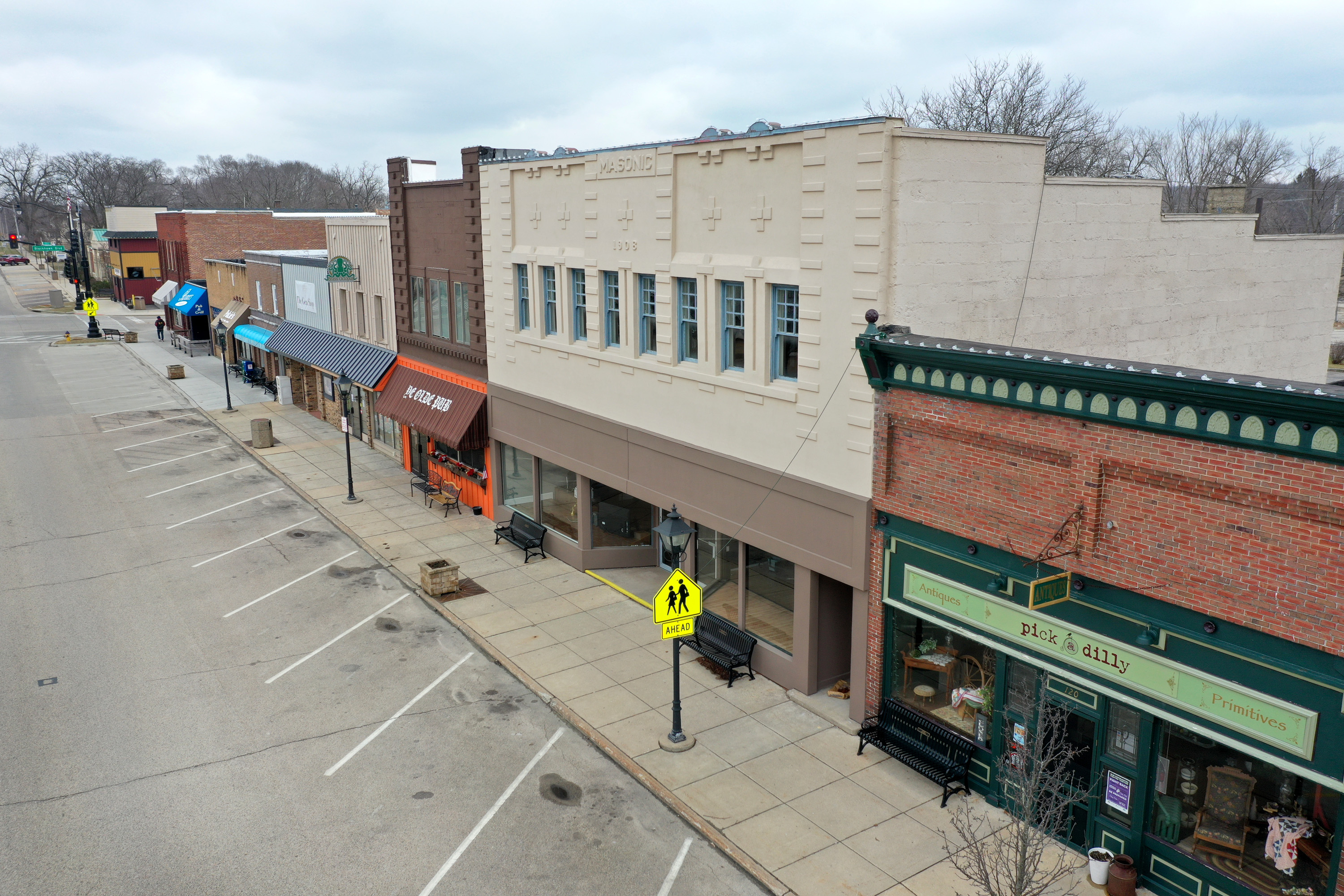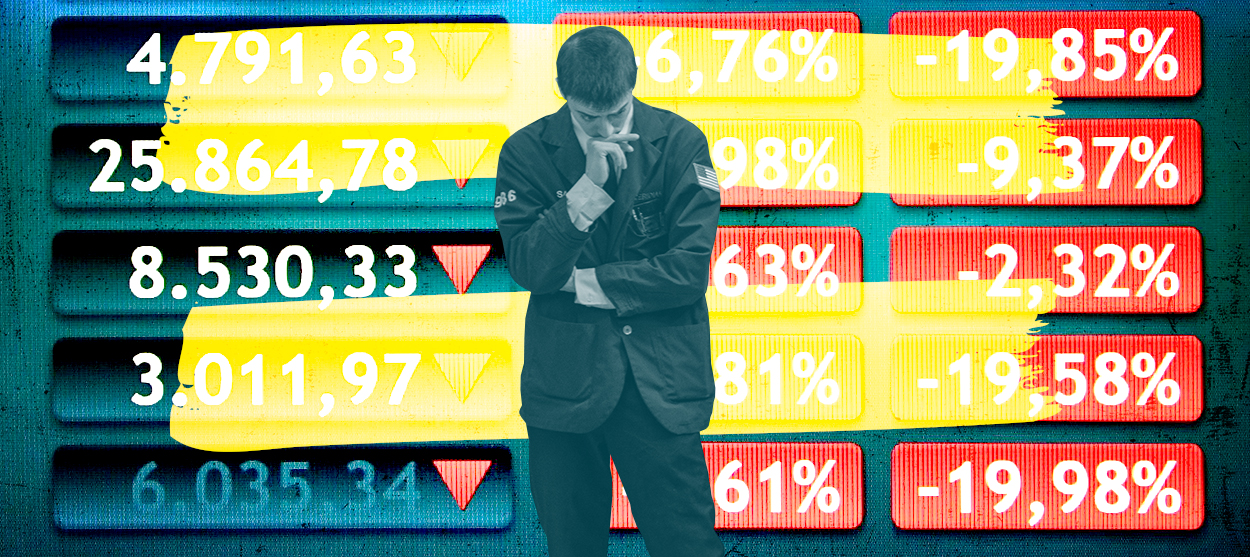Here's the silver lining to the dismal jobs report
To get an accurate view of the economy, you have to look at the trend line. And that's still looking up.


The thing to keep in mind when parsing Friday's jobs report is context.
The headline result — 160,000 jobs created in April — was a bit of a letdown compared to the 205,000 many economists were expecting. That said, it's more than enough to keep up with population growth, so we're at least treading water. There's also an argument to be made that recent weather trends have thrown off the standard filter the Bureau of Labor Statistics uses to smooth out seasonal variations — and once you account for that, 229,000 new jobs in April might be the more accurate count.
But more importantly, the U.S. economy and job market is a dynamic system; it's always going to be fluctuating up and down if measured in something as short as monthly intervals. To get an accurate view of the economy, you have to look at the trend line.
The Week
Escape your echo chamber. Get the facts behind the news, plus analysis from multiple perspectives.

Sign up for The Week's Free Newsletters
From our morning news briefing to a weekly Good News Newsletter, get the best of The Week delivered directly to your inbox.
From our morning news briefing to a weekly Good News Newsletter, get the best of The Week delivered directly to your inbox.
There have been few bad signs at the level, to be sure. The average job growth for all of 2015 was less than for 2014. The general trend in job growth has also been lower in both this recovery and the 2000s recovery than it was throughout the 1990s.
But what's really worth noting is how much closer the jobs report gets us to "recovery." That's a more complicated idea that encompasses more than just net jobs. One way to put it might be: evidence of sustained bottom-up pressure on jobs and wage growth.
That basically means we're looking for evidence that employers are having a consistently hard time finding enough workers to fill the jobs that are available. Because when that happens, employers have to raise wages and compensation to attract hires, and the need for workers pulls people back into the labor force who may have given up. Remember: "The labor force" includes everyone who has a job, and everyone who doesn't but has looked for a job within the last four weeks.
Participation in the labor force collapsed after the Great Recession. It was always going to fall due to demographic factors, especially the growth of older Americans as a share of the national population. But the drop was far faster and deeper that demographics alone could justify. And it didn't bottom out until mid-2014.
A free daily email with the biggest news stories of the day – and the best features from TheWeek.com
From March to April, it ticked down a smidge, from 63 to 62.8 percent. But that's fully in keeping with the month-to-month fluctuations.
The recent reversal pictured here is why I wrote earlier that the economic recovery only just got started. But so far there's no reason to think this trend isn't holding.
Another good sign is nominal wage growth — probably the clearest gauge of workers' leverage in the economy:
Nominal wage growth hit 2.5 percent in April, which isn't great compared to the 4 percent it held during the business cycle peaks of the 1990s and 2000s. But it represents a steady rise from the depths of the Great Recession, and it's managed to basically stay at 2.5 percent since December — which, as you can see in the first graph, is also when labor force participation jumped up.
Other signs of slack in labor market still show we've got a little ways to go before we return to where things were in 2007 before the crisis. But we're closing in.
Finally, one genuinely negative data point from April was that "far fewer people returned to the labor force with a job," as FiveThirtyEight's Ben Casselman pointed out.
But it's also arguably something to be expected: As the portion of people within the labor force who have a job tightens, it will momentarily become harder for people outside the labor force to re-enter. But if that bottom-up pressure on jobs and wages is sustained, slack will eventually open up within the labor force again as new jobs are created. At that point, more people from outside the labor force will be able to flow back. And the cycle will repeat. So as the economy heals, there will be an ongoing push-pull effect over any short time period like month-to-month.
So that's something to keep an eye on. But I don't think it's a sign of looming disaster. In fact, I don't see any evidence-based reason right now to think April's lackluster jobs report was anything other than a blip.
Keep calm and carry on.
Jeff Spross was the economics and business correspondent at TheWeek.com. He was previously a reporter at ThinkProgress.
-
 How will China’s $1 trillion trade surplus change the world economy?
How will China’s $1 trillion trade surplus change the world economy?Today’s Big Question Europe may impose its own tariffs
-
 ‘Autarky and nostalgia aren’t cure-alls’
‘Autarky and nostalgia aren’t cure-alls’Instant Opinion Opinion, comment and editorials of the day
-
 Japan’s Princess Aiko is a national star. Her fans want even more.
Japan’s Princess Aiko is a national star. Her fans want even more.IN THE SPOTLIGHT Fresh off her first solo state visit to Laos, Princess Aiko has become the face of a Japanese royal family facing 21st-century obsolescence
-
 The pros and cons of noncompete agreements
The pros and cons of noncompete agreementsThe Explainer The FTC wants to ban companies from binding their employees with noncompete agreements. Who would this benefit, and who would it hurt?
-
 What experts are saying about the economy's surprise contraction
What experts are saying about the economy's surprise contractionThe Explainer The sharpest opinions on the debate from around the web
-
 The death of cities was greatly exaggerated
The death of cities was greatly exaggeratedThe Explainer Why the pandemic predictions about urban flight were wrong
-
 The housing crisis is here
The housing crisis is hereThe Explainer As the pandemic takes its toll, renters face eviction even as buyers are bidding higher
-
 How to be an ally to marginalized coworkers
How to be an ally to marginalized coworkersThe Explainer Show up for your colleagues by showing that you see them and their struggles
-
 What the stock market knows
What the stock market knowsThe Explainer Publicly traded companies are going to wallop small businesses
-
 Can the government save small businesses?
Can the government save small businesses?The Explainer Many are fighting for a fair share of the coronavirus rescue package
-
 How the oil crash could turn into a much bigger economic shock
How the oil crash could turn into a much bigger economic shockThe Explainer This could be a huge problem for the entire economy
